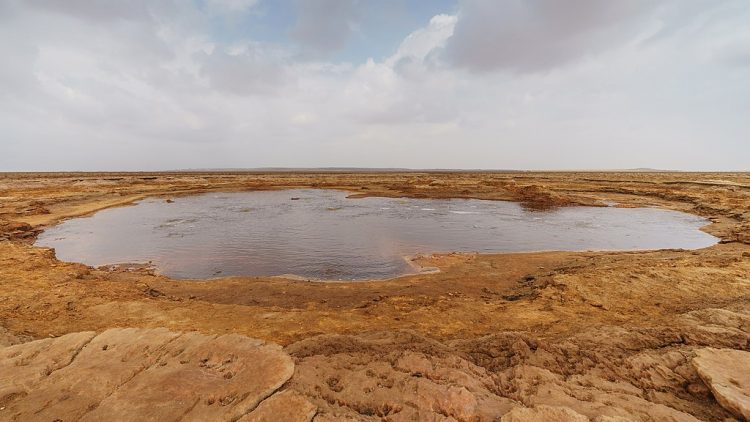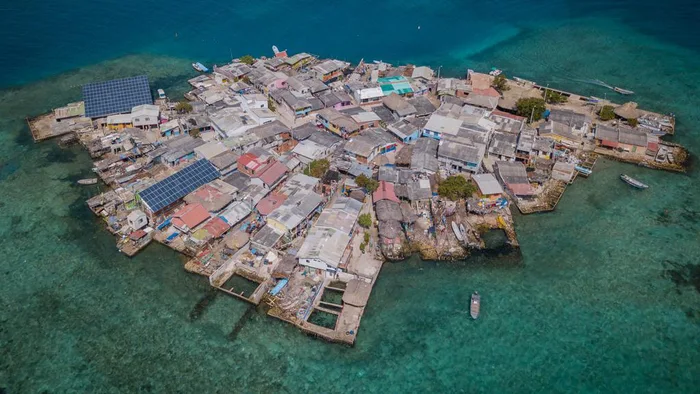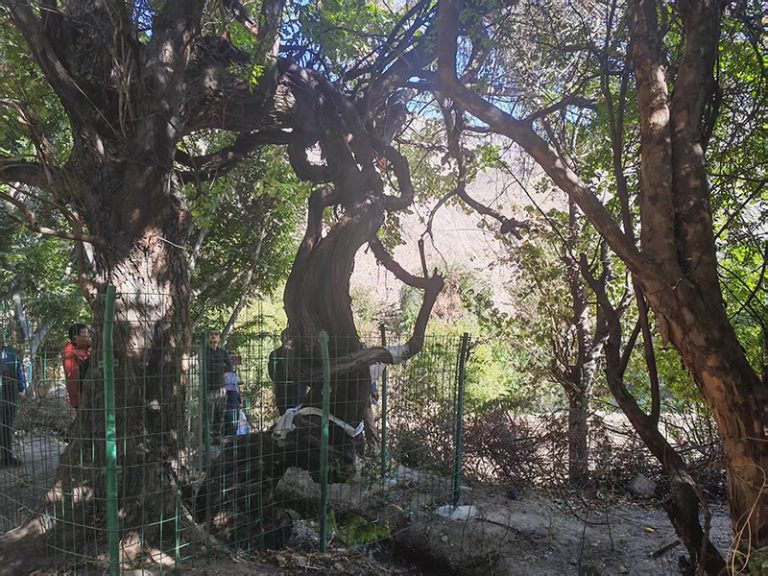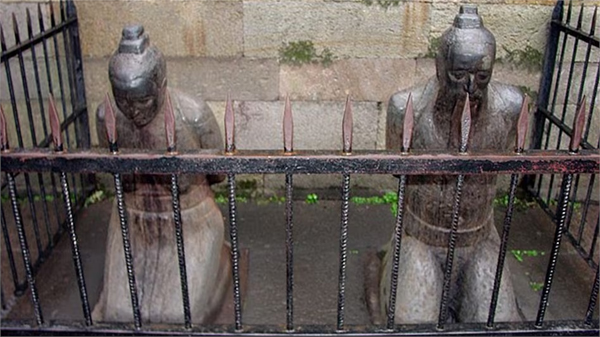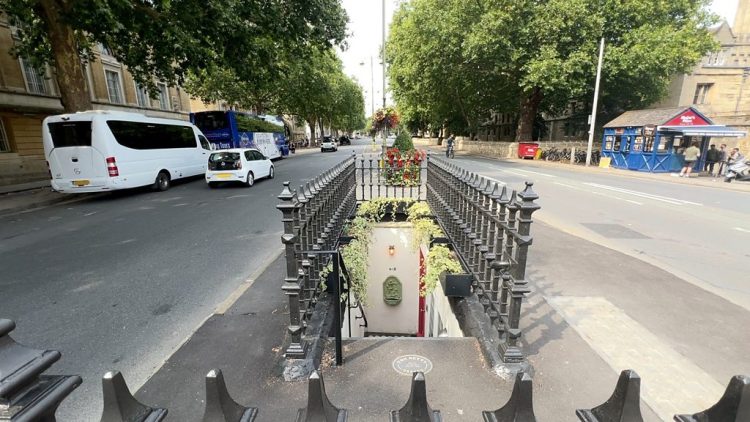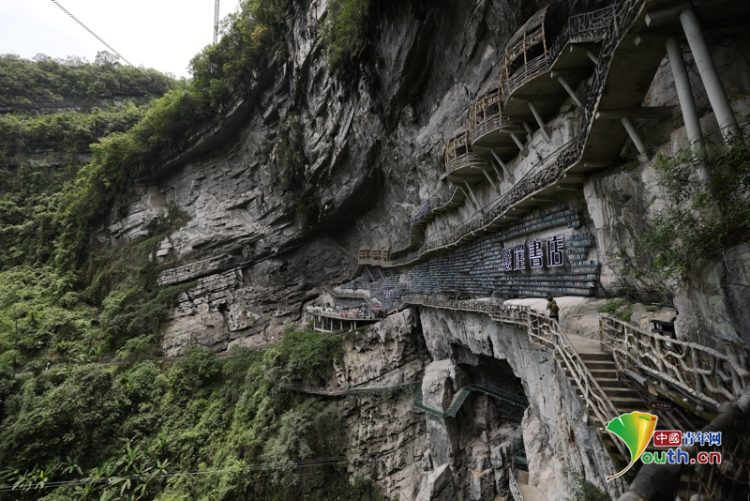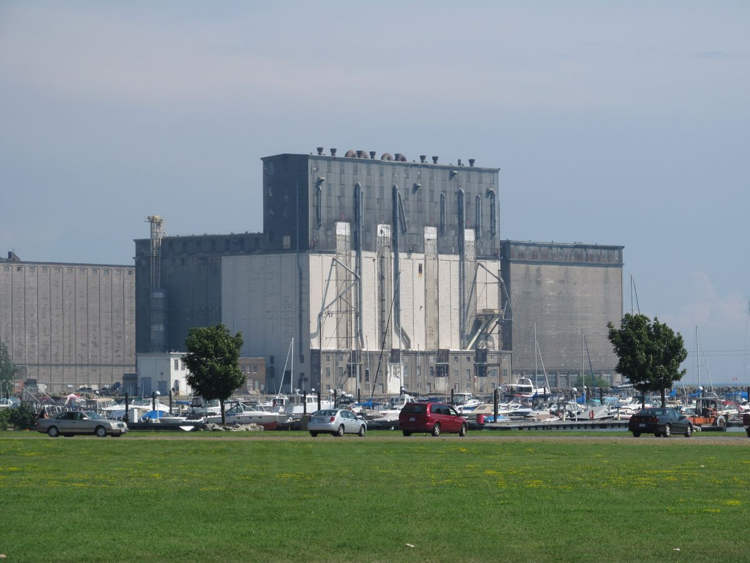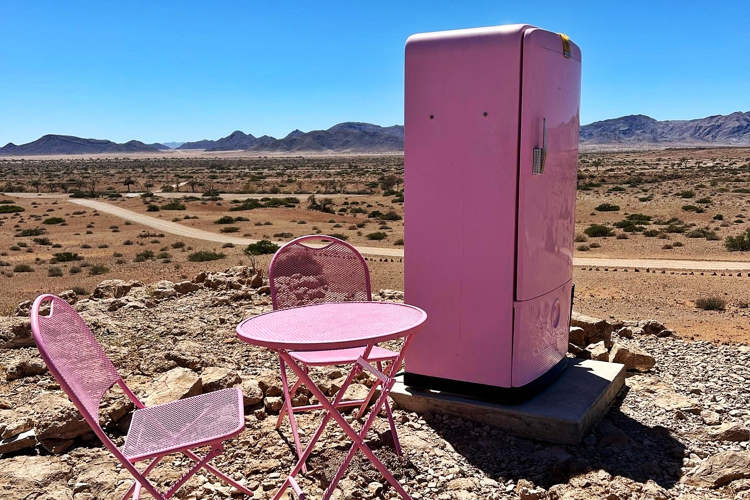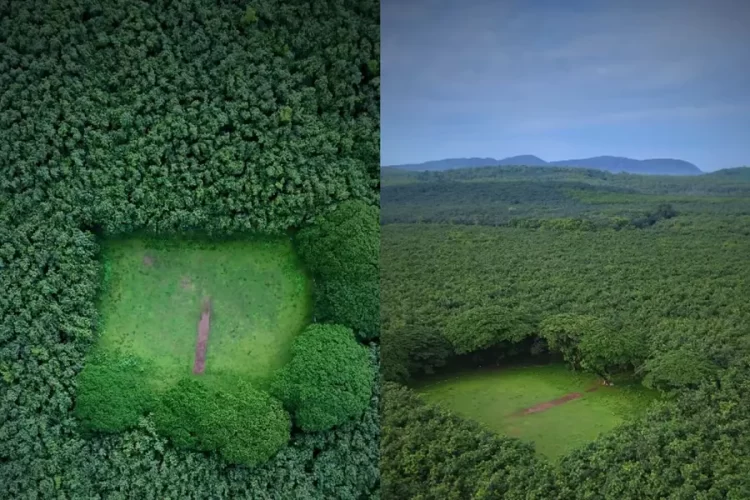Located near the Dallol crater in Ethiopia’s Danakil Depression is Gaet’ale Pond, a small pool of water with a salinity of 43%, making it by far the saltiest body of water on Earth.
To put into perspective just how salty Gaet’ale actually is, you should know that the Dead Sea, the world’s most famous hypersaline body of water, has a salinity of 33.7%, while the world’s oceans have an average salinity of 3.5%. The water in this small pond is so overly saturated with iron salts that it feels greasy on the hand, as if it were oil. The locals in this part of Ethiopia sometimes call it “oily lake”, because of how oily the water feels. But some call it “killer lake”, because of the toxic gases emitted through the surface of the water, and the perfectly preserved carcasses of birds and insects on its shores are warning of the danger of getting too close to the water.
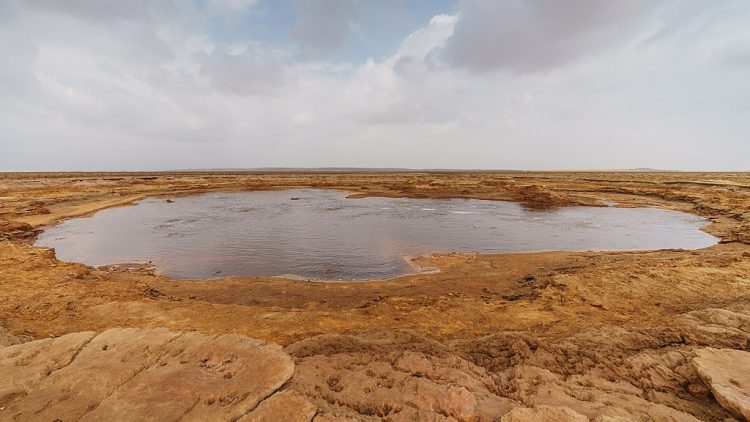
Photo: A. Savin/Wikimedia Commons
Although the Danakil Depression, a geological depression that resulted from the divergence of three tectonic plates in the Horn of Africa, is unique to Ethiopia and therefore a popular attraction of geological tourism, experts warn that tourists should take caution around Gaet’ale and the other nearby salty pools. The level of toxic gases, most likely volcanically produced CO2, can sometimes be high enough to kill adult humans, especially near the surface, where gasses tend to accumulate.
The dozens of bird carcasses observed by scientists performing a study at Gaet’ale serve as a warning to anyone who wants to get close. While the birds may have drunk the extremely salty water, it was most likely the CO2 that killed them. The extremely salty water was what preserved their bodies though, acting as brine and effectively pickling them. Some of the birds appeared to have been dead for quite some time, as their bodies were partially encased in salt.
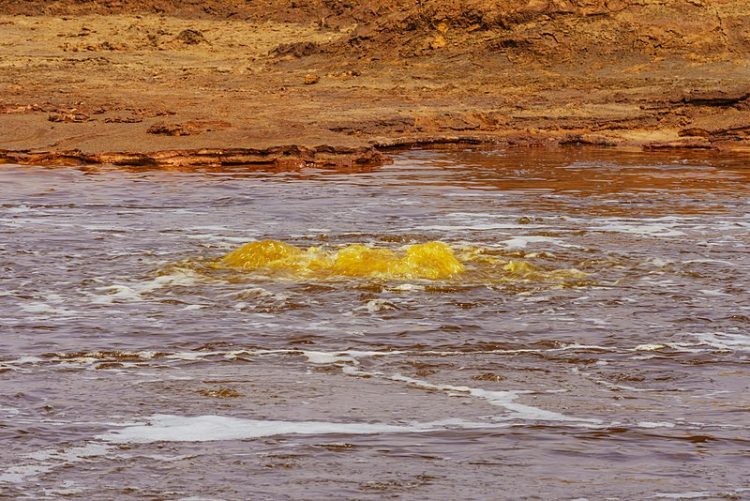
Photo: A. Savin/Wikimedia Commons
No one knows exactly how old Gaet’ale is, but according to Landsat satellite imagery taken on 6 February 2003, it existed in roughly the same semi-circular shape. However, it was a 2005 earthquake that reactivated the volcanic spring that continuously feeds it with extremely salty water.
Reaching a temperature of around 50 – 55 degrees Celsius, the water of Gaet’ale Pond may seem inviting, but it’s actually extremely acidic, with a pH of 3.5 to 4, and could expose clueless bathers to scalding.
Going near the surface of the lake is also not recommended for tourists, as the salty crust that continuously forms around it may be brine-saturated and very weak, and may not support the weight of a person.

